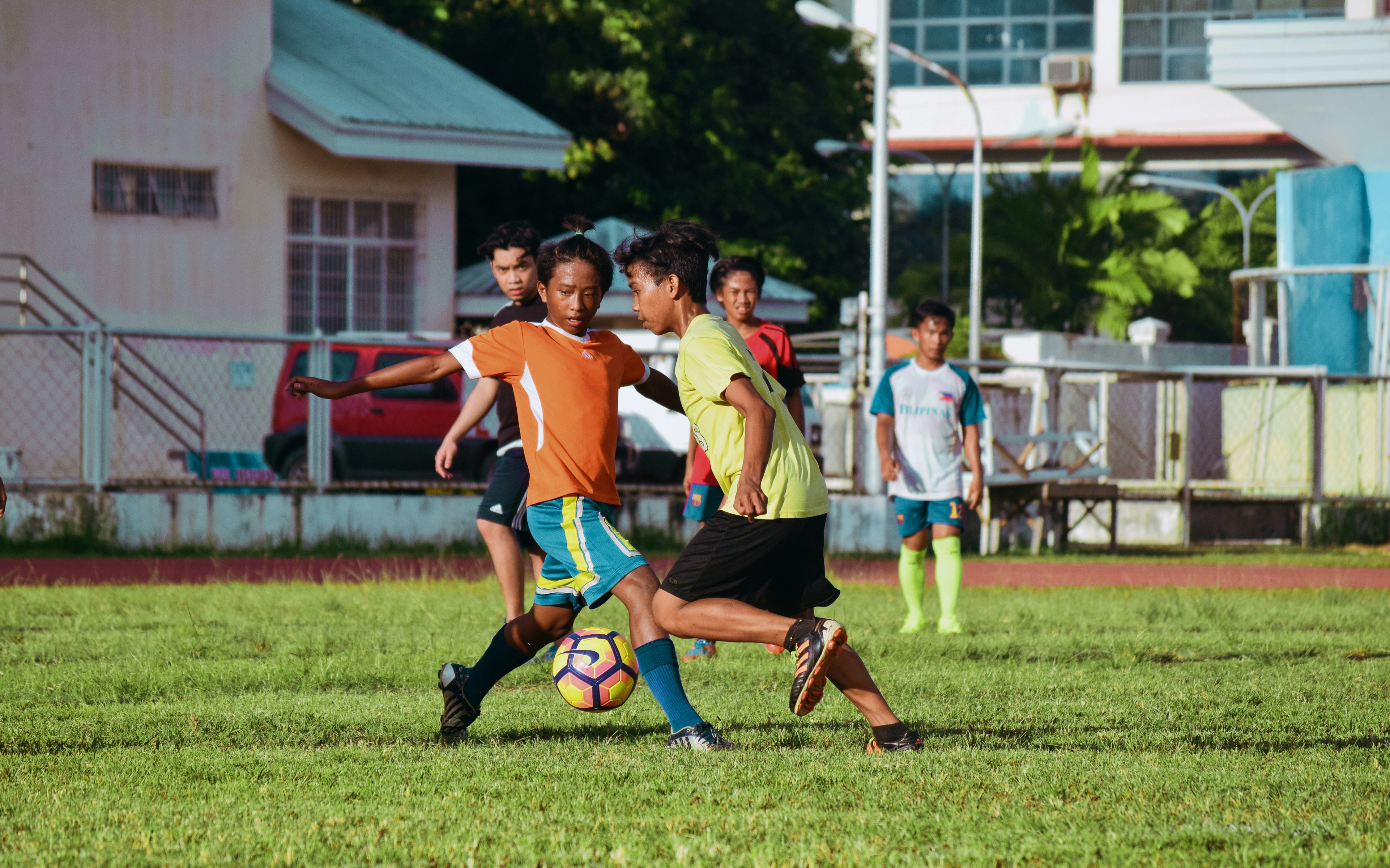FIFA’s Contribution to Developing Soccer in Other Parts of the World
15.10.2024

For many years, FIFA has been dedicated to making soccer more accessible to as many people as possible, especially in the less developed areas of the world. Thus, FIFA believes that by investing in these fields, the youth will develop an interest in soccer, fairness will be promoted, and talents will be noticed. This wonderful international body has realized the need to take soccer to every part of the globe. In an attempt to foster togetherness among different people through the game, soccer will be taken to the next level, where it will be made available to the people of every nation all over the world.
Identifying Target Regions
FIFA applies a comprehensive method to identify specific areas that require assistance in the development of soccer. These areas may not have established structures, proper training, or even the right facilities to work with. This is mainly targeted towards Africa, some parts of Asia, and other small island nations, which have a very large potential in football but relatively little funding. In this regard, FIFA’s efforts offer potential not only for local talent but also for fans, in the same way that you can bet on cricket, creating ways for increased involvement in sports. In this way, FIFA provides new breath and active people to the world of football.
Key Programs and Initiatives
FIFA’s work in these areas is based on several programs that are aimed at popularizing soccer:
- FIFA Forward program: Supplies funding and support to the national associations of football.
- Grassroots initiatives: Emphasis is placed on the development of the sport and making it available to all local schools.
- Women’s football development: Committed to helping more women take part in football.
These are the grounds that create further opportunities to grow, and underprivileged areas can start building their own soccer history.
Substitute Education and Training
Education and training are major components of FIFA’s strategic plan because knowledge should reach every corner of the world. FIFA guarantees that development impacts the target groups in the right manner as it focuses on the improvement of the expertise of the coaches, referees, and young players in the game. Training that is being carried out by the respective organizations is continuous, hence training the next generation of athletes. And, of course, to be always up-to-date with the news, you can subscribe to services like MelBet that will help you do this. It is in education that the process of change can start and continue for the long term.
Coaching and Refereeing Courses
FIFA has special training for coaches and referees in an effort to enhance the standard of soccer in developing nations. These programs are usually intended to prepare local talents to be professional coaches and competent referees. Thus, in addition to improving the quality of matches, FIFA also strengthens the football world by deepening the technical knowledge of these important positions. Local personnel are trained in different cases so that they can also train others and make sure that the outcomes of these programs persist over several years, hence forming a domino effect in these areas.
Youth Engagement Programs
FIFA has dedicated a lot of effort to implementing youth participation in soccer-related activities through various activities. Such programs bring football into the child’s life from an early age, thus developing future generations of players. Grassroots programs find collaboration with schools and community centers and ensure young athletes get proper facilities and coaching. In most underrepresented areas, these programs are the first touchpoints with structured soccer and develop a lifelong affinity with the sport among the youth.
Partnerships for Development
FIFA has also signed many affiliations with local governments, organizations, and sponsors for the development of soccer in underdeveloped areas. These partnerships are long-term strategies that align resources and capabilities for the organization’s sustainability. Key collaborations include:
- UNICEF: Centered on the promotion of youth and volunteerism, as well as social integration through the use of sports.
- Local football associations: Assist in the development of grassroots initiatives.
- Corporate sponsors: Offer support in the form of capital and facilities for the development of community projects.
Through such partnerships, FIFA is in a position to guarantee that the development of soccer in these areas has a sustainable influence.

Measuring Impact and Success
FIFA always tracks significant results such as the number of players, the development of necessary facilities, and the development of local football leagues. They evaluate not just the new entrants but also the number of players who continue practicing their skills in the future. The yardstick that will determine success in the end is whether or not these regions can independently develop soccer and sustain the necessary roles in the game, such as players, coaches, referees, and others.
It also looks at the off-field elements – whether soccer is actually uniting communities, enhancing their health, and creating better prospects for the youth.
Future Prospects
Soccer’s future in underdeveloped areas seems promising, as FIFA’s ongoing process is already influencing societies. It is easy to see a direction in the development of the sport that will close existing gaps between talents and equipment. Both supporters of the idea of unification and the opponents of this process feel excited because the dream of uniting soccer around the world is closer to becoming a reality. The next generation of players, referees, and fans is growing, and with them, the spirit of the game.